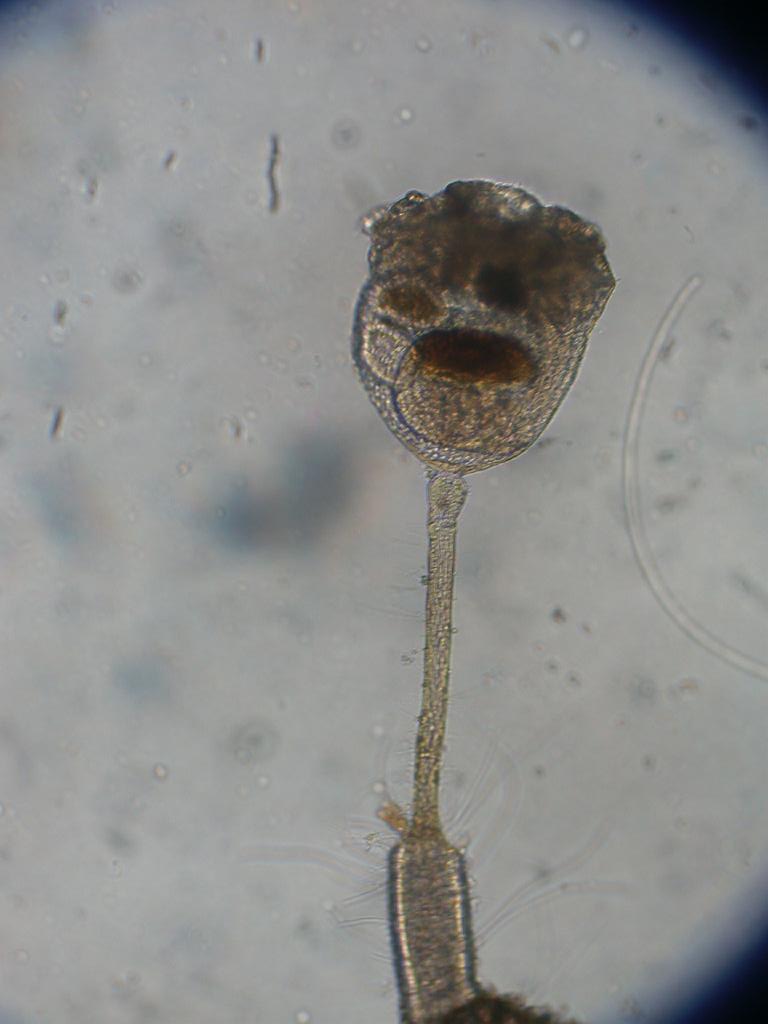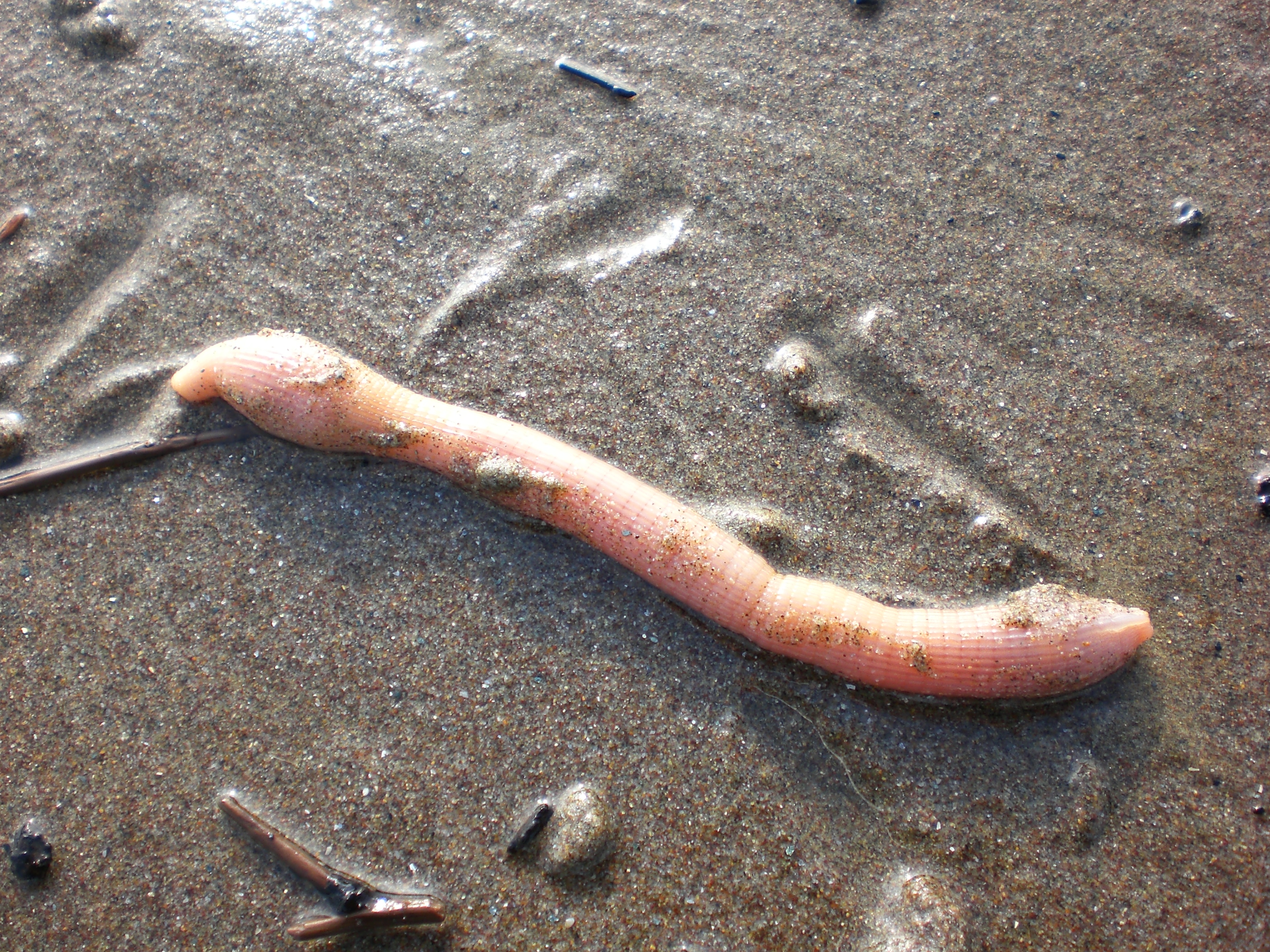|
Trochophore
A trochophore (; also spelled trocophore) is a type of free-swimming planktonic marine larva with several bands of cilia. By moving their cilia rapidly, they make a water eddy, to control their movement, and to bring their food closer, to capture it more easily. Occurrence Trochophores exist as a larval form within the trochozoan clade, which include the entoprocts, molluscs, annelids, echiurans, sipunculans and nemerteans. Together, these phyla make up part of the Lophotrochozoa; it is possible that trochophore larvae were present in the life cycle of the group's common ancestor. Etymology The term ''trochophore'' derives from the ancient Greek (), meaning "wheel", and () — or () —, meaning 'to bear, to carry', because the larva is bearing a wheel-shaped band of cilia. Feeding habits Trochophore larvae are often planktotrophic; that is, they feed on other plankton species. Life cycle The example of the development of the annelid ''Pomatoceros lamarckii'' (fam ... [...More Info...] [...Related Items...] OR: [Wikipedia] [Google] [Baidu] |
Metatrochophore
A metatrochophore (;) is a type of larva developed from the trochophore larva of a polychaete annelid The annelids (Annelida , from Latin ', "little ring"), also known as the segmented worms, are a large phylum, with over 22,000 extant species including ragworms, earthworms, and leeches. The species exist in and have adapted to various ecol .... Metatrochophores have a number of features trochophores lack, including eyespots and segments. References Larvae Annelids {{developmental-biology-stub ... [...More Info...] [...Related Items...] OR: [Wikipedia] [Google] [Baidu] |
Annelid
The annelids (Annelida , from Latin ', "little ring"), also known as the segmented worms, are a large phylum, with over 22,000 extant species including ragworms, earthworms, and leeches. The species exist in and have adapted to various ecologies – some in marine environments as distinct as tidal zones and hydrothermal vents, others in fresh water, and yet others in moist terrestrial environments. The Annelids are bilaterally symmetrical, triploblastic, coelomate, invertebrate organisms. They also have parapodia for locomotion. Most textbooks still use the traditional division into polychaetes (almost all marine), oligochaetes (which include earthworms) and leech-like species. Cladistic research since 1997 has radically changed this scheme, viewing leeches as a sub-group of oligochaetes and oligochaetes as a sub-group of polychaetes. In addition, the Pogonophora, Echiura and Sipuncula, previously regarded as separate phyla, are now regarded as sub-groups of polycha ... [...More Info...] [...Related Items...] OR: [Wikipedia] [Google] [Baidu] |
Mollusc
Mollusca is the second-largest phylum of invertebrate animals after the Arthropoda, the members of which are known as molluscs or mollusks (). Around 85,000 extant species of molluscs are recognized. The number of fossil species is estimated between 60,000 and 100,000 additional species. The proportion of undescribed species is very high. Many taxa remain poorly studied. Molluscs are the largest marine phylum, comprising about 23% of all the named marine organisms. Numerous molluscs also live in freshwater and terrestrial habitats. They are highly diverse, not just in size and anatomical structure, but also in behaviour and habitat. The phylum is typically divided into 7 or 8 taxonomic classes, of which two are entirely extinct. Cephalopod molluscs, such as squid, cuttlefish, and octopuses, are among the most neurologically advanced of all invertebrates—and either the giant squid or the colossal squid is the largest known invertebrate species. The gastropods ... [...More Info...] [...Related Items...] OR: [Wikipedia] [Google] [Baidu] |
Pomatoceros Lamarckii
''Pomatoceros lamarckii'' is a species of tube-building annelid worms which is widespread in intertidal and sub-littoral zones around the United Kingdom and northern Europe. They are found attached to firm substrates, from rocks to animal shells to man made structures, and often are noted for their detrimental effect on shipping. It is closely related to, and often confused with, ''Pomatoceros triqueter''. ''Pomatoceros lamarckii'' has been the subject of a number of scientific investigations, due to its presence near sites of historic scientific study, relatively underived mode of development and slowly evolving genetic complement. Recently this organism has been the subject of in depth transcriptomic Transcriptomics technologies are the techniques used to study an organism's transcriptome, the sum of all of its RNA transcripts. The information content of an organism is recorded in the DNA of its genome and expressed through transcription. He ... investigation. Referen ... [...More Info...] [...Related Items...] OR: [Wikipedia] [Google] [Baidu] |
Entoprocta
Entoprocta (), or Kamptozoa , is a phylum of mostly sessile aquatic animals, ranging from long. Mature individuals are goblet-shaped, on relatively long stalks. They have a "crown" of solid tentacles whose cilia generate water currents that draw food particles towards the mouth, and both the mouth and anus lie inside the "crown". The superficially similar Bryozoa (Ectoprocta) have the anus outside a "crown" of hollow tentacles. Most families of entoprocts are colonial, and all but 2 of the 150 species are marine. A few solitary species can move slowly. Some species eject unfertilized ova into the water, while others keep their ova in brood chambers until they hatch, and some of these species use placenta-like organs to nourish the developing eggs. After hatching, the larvae swim for a short time and then settle on a surface. There they metamorphose, and the larval gut rotates by up to 180°, so that the mouth and anus face upwards. Both colonial and solitary species also ... [...More Info...] [...Related Items...] OR: [Wikipedia] [Google] [Baidu] |
Sipuncula
The Sipuncula or Sipunculida (common names sipunculid worms or peanut worms) is a class containing about 162 species of unsegmented marine annelid worms. The name ''Sipuncula'' is from the genus name ''Sipunculus'', and comes from the Latin ''siphunculus'' meaning a "small tube". Sipuncula was once considered a phylum, but was demoted to a class of Annelida, based on recent molecular work. Sipunculans vary in size but most species are under in length. The body is divided into an unsegmented, bulbous trunk and a narrower, anterior section, called the "introvert", which can be retracted into the trunk. The mouth is at the tip of the introvert and is surrounded in most groups by a ring of short tentacles. With no hard parts, the body is flexible and mobile. Although found in a range of habitats throughout the world's oceans, the majority of species live in shallow water habitats, burrowing under the surface of sandy and muddy substrates. Others live under stones, in rock crevic ... [...More Info...] [...Related Items...] OR: [Wikipedia] [Google] [Baidu] |
Lophotrochozoa
Lophotrochozoa (, "crest/wheel animals") is a clade of protostome animals within the Spiralia. The taxon was established as a monophyletic group based on molecular evidence. The clade includes animals like annelids, molluscs, bryozoans, brachiopods, and platyhelminthes. Groups Lophotrochozoa was defined in 1995 as the "last common ancestor of the three traditional lophophorate taxa (brachiopods, bryozoans, and phoronid worms), the mollusks and the annelids, and all of the descendants of that common ancestor". It is a cladistic definition (a node-based name), so the affiliation to Lophotrochozoa of spiralian groups not mentioned directly in the definition depends on the topology of the spiralian tree of life, and in some phylogenetic hypotheses, Lophotrochozoa may even be synonymous to Spiralia. Nemertea and Orthonectida (if not directly considered as part of Annelida) are probably lophotrochozoan phyla; Dicyemida, Gastrotricha, and Platyhelminthes may be lophotrochozoans ... [...More Info...] [...Related Items...] OR: [Wikipedia] [Google] [Baidu] |
Nemertea
Nemertea is a phylum of animals also known as ribbon worms or proboscis worms, consisting of 1300 known species. Most ribbon worms are very slim, usually only a few millimeters wide, although a few have relatively short but wide bodies. Many have patterns of yellow, orange, red and green coloration. The foregut, stomach and intestine run a little below the midline of the body, the anus is at the tip of the tail, and the mouth is under the front. A little above the gut is the rhynchocoel, a cavity which mostly runs above the midline and ends a little short of the rear of the body. All species have a proboscis which lies in the rhynchocoel when inactive but everts to emerge just above the mouth to capture the animal's prey with venom. A highly extensible muscle in the back of the rhynchocoel pulls the proboscis in when an attack ends. A few species with stubby bodies filter feed and have suckers at the front and back ends, with which they attach to a host. The brain is a rin ... [...More Info...] [...Related Items...] OR: [Wikipedia] [Google] [Baidu] |
Echiura
The Echiura, or spoon worms, are a small group of marine animals. Once treated as a separate phylum, they are now considered to belong to Annelida. Annelids typically have their bodies divided into segments, but echiurans have secondarily lost their segmentation. The majority of echiurans live in burrows in soft sediment in shallow water, but some live in rock crevices or under boulders, and there are also deep sea forms. More than 230 species have been described. Spoon worms are cylindrical, soft-bodied animals usually possessing a non-retractable proboscis which can be rolled into a scoop-shape to feed. In some species the proboscis is ribbon-like, longer than the trunk and may have a forked tip. Spoon worms vary in size from less than a centimetre in length to more than a metre. Most are deposit feeders, collecting detritus from the sea floor. Fossils of these worms are seldom found and the earliest known fossil specimen is from the Upper Carboniferous ( Pennsylvanian). T ... [...More Info...] [...Related Items...] OR: [Wikipedia] [Google] [Baidu] |
Larvae
A larva (; plural larvae ) is a distinct juvenile form many animals undergo before metamorphosis into adults. Animals with indirect development such as insects, amphibians, or cnidarians typically have a larval phase of their life cycle. The larva's appearance is generally very different from the adult form (''e.g.'' caterpillars and butterflies) including different unique structures and organs that do not occur in the adult form. Their diet may also be considerably different. Larvae are frequently adapted to different environments than adults. For example, some larvae such as tadpoles live almost exclusively in aquatic environments, but can live outside water as adult frogs. By living in a distinct environment, larvae may be given shelter from predators and reduce competition for resources with the adult population. Animals in the larval stage will consume food to fuel their transition into the adult form. In some organisms like polychaetes and barnacles, adults are immobil ... [...More Info...] [...Related Items...] OR: [Wikipedia] [Google] [Baidu] |
Larva
A larva (; plural larvae ) is a distinct juvenile form many animals undergo before metamorphosis into adults. Animals with indirect development such as insects, amphibians, or cnidarians typically have a larval phase of their life cycle. The larva's appearance is generally very different from the adult form (''e.g.'' caterpillars and butterflies) including different unique structures and organs that do not occur in the adult form. Their diet may also be considerably different. Larvae are frequently adapted to different environments than adults. For example, some larvae such as tadpoles live almost exclusively in aquatic environments, but can live outside water as adult frogs. By living in a distinct environment, larvae may be given shelter from predators and reduce competition for resources with the adult population. Animals in the larval stage will consume food to fuel their transition into the adult form. In some organisms like polychaetes and barnacles, adults are immobil ... [...More Info...] [...Related Items...] OR: [Wikipedia] [Google] [Baidu] |
Trochozoa
The Trochozoa are a proposed Lophotrochozoa clade that is a sister clade of Bryozoa. The trochozoans clade include animals in six phyla: the Nemertea, the Annelida, the Cycliophora, the Mollusca, and the two Brachiozoa Brachiozoa is a grouping of lophophorate animals including Brachiopoda and Phoronida. It also includes their ancestors, the extinct tommotiids. References Lophophorata Protostome unranked clades {{Protostome-stub ...n phyla, Brachiopoda and Phoronida. References {{Taxonbar, from=Q12401420 Lophotrochozoa ... [...More Info...] [...Related Items...] OR: [Wikipedia] [Google] [Baidu] |








